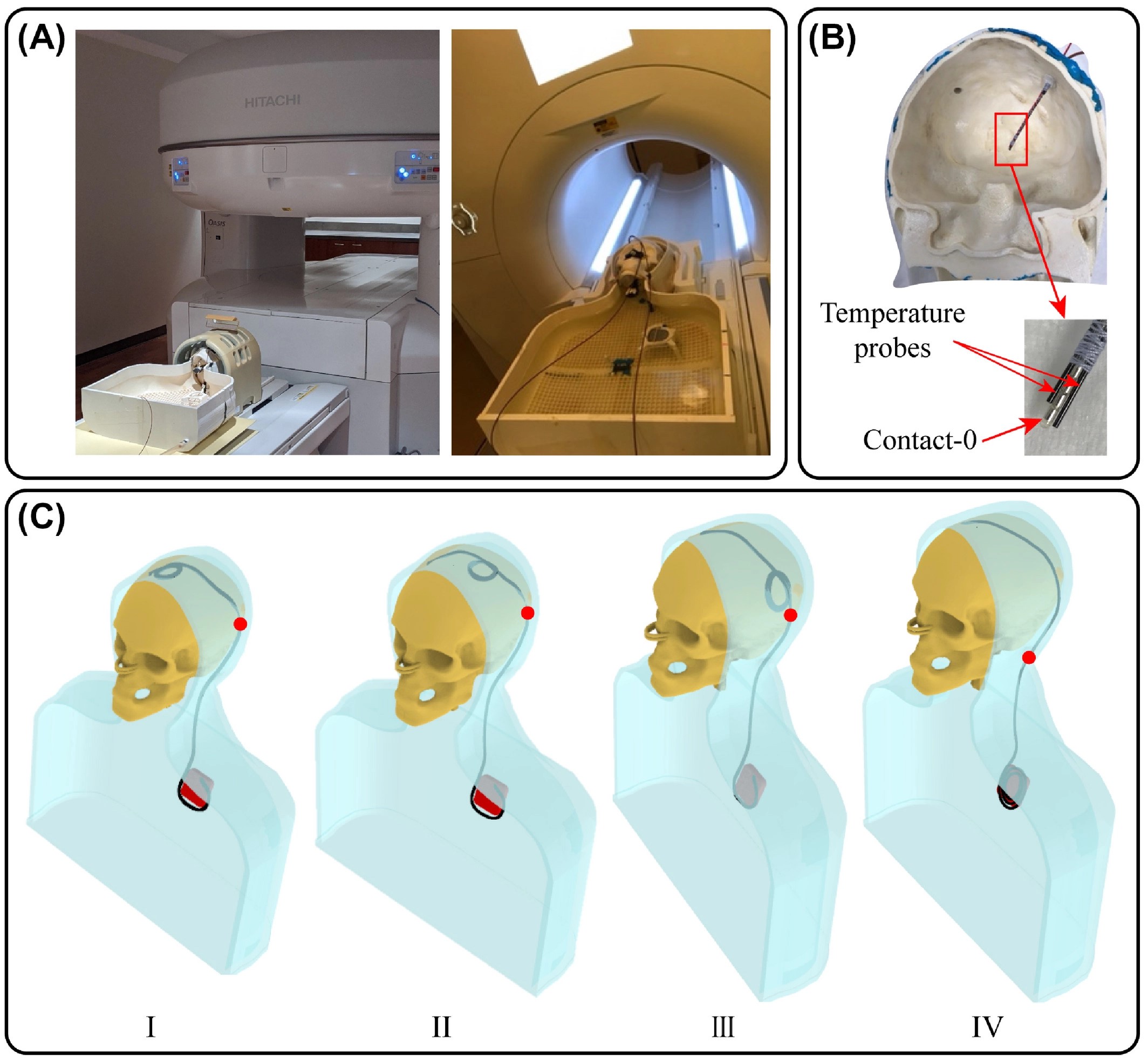UMRAM’dan Ehsan Kazamivalipour, dikey delikli tarayıcının implantlarla etkileşimini araştırmak için Northwestern Üniversitesi’ndeki araştırmacılarla işbirliği yaptı. Dikey delikli tarayıcı kullanıldığında implant ısınma sorununun önemli ölçüde daha az olduğunu gösterdiler. Bunun nedeni, elektrik alan yönünün bu tarayıcılarda implante edilen kurşuna esas olarak ortogonal olmasıdır. Makale, Tıpta Manyetik Rezonans’ta “Dikey açık delikli MRI tarayıcıları implante edilen elektrotların etrafında önemli ölçüde daha az radyofrekans ısınması üretiyor: 1.5T yatay sistemlere karşı 1.2T OASIS tarayıcılarda derin beyin stimülasyon implantları üzerine bir çalışma" başlığıyla yayınlandı. Yazarlar; Ehsan Kazemivalipour, Bhumi Bhusal, Jasmine Vu, Stella Lin, Bach Thanh Nguyen, John Kirsch, Elizabeth Nowac, Julie Pilitsis, Joshua Rosenow, Ergin Atalar ve Laleh Golestanirad’dır.
ÖZET
Amaç
Patients with active implants such as deep brain stimulation (DBS) devices are often denied access to MRI due to safety concerns associated with the radiofrequency (RF) heating of their electrodes. The majority of studies on RF heating of conductive implants have been performed in horizontal close‐bore MRI scanners. Vertical MRI scanners which have a 90° rotated transmit coil generate fundamentally different electric and magnetic field distributions, yet very little is known about RF heating of implants in this class of scanners. We performed numerical simulations as well as phantom experiments to compare RF heating of DBS implants in a 1.2T vertical scanner (OASIS, Hitachi) compared to a 1.5T horizontal scanner (Aera, Siemens).
Metotlar
Simulations were performed on 90 lead models created from post‐operative CT images of patients with DBS implants. Experiments were performed with wires and commercial DBS devices implanted in an anthropomorphic phantom.
Sonuçlar
We found significant reduction of 0.1 g‐averaged specific absorption rate (30‐fold, P < 1 × 10−5) and RF heating (9‐fold, P < .026) in the 1.2T vertical scanner compared to the 1.5T conventional scanner.
Conclusion
Vertical MRI scanners appear to generate lower RF heating around DBS leads, providing potentially heightened safety or the flexibility to use sequences with higher power levels than on conventional systems.
Daha fazlası;
